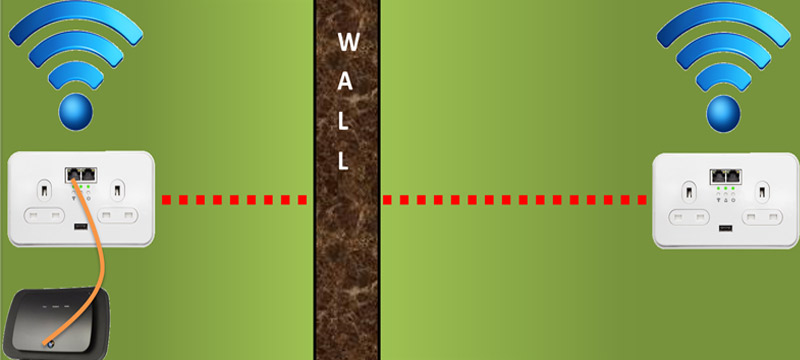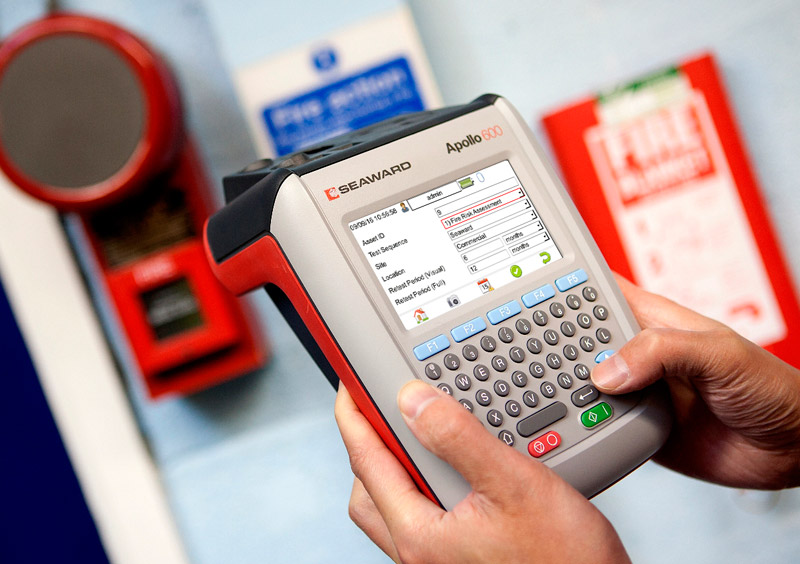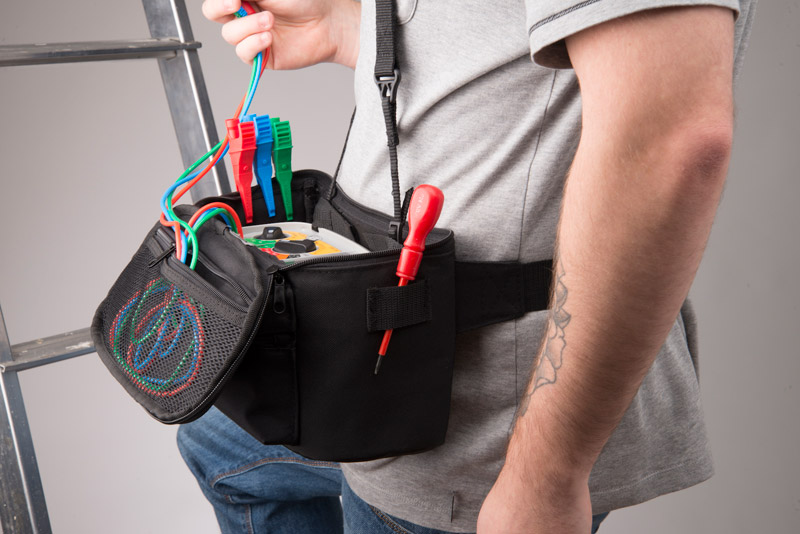
Powerline, from Power Ethernet, enables electrical contractors the use of pre-existing mains cabling for data networking.
In recent years we have witnessed an explosion in the number of internet-connected devices in both home and business environments. However, in many buildings, wireless connectivity is often patchy and unreliable. Providing a robust data network in homes and businesses, without any coverage black spots can be challenging and costly.
Hybrid Powerline networking provides a reliable alternative; a business-grade solution that provides internet access exactly where it’s needed by utilising the electrical mains cabling available in every room of the building. It allows you to deliver a complete solution, and networking best practices, by installing a Powerline socket to provide “local room” Wi-Fi and Ethernet connectivity without any coverage blackspots.
One cable, two jobs
Powerline is a well-established technology and has recently evolved via an IEEE1901 standard ‘HomePlug’.
Data is transmitted by superimposing a modulated RF carrier  frequency on to the 50Hz AC signal carried on a mains power line – electrical cables are transformed into electrical and data cables with no extra wiring needed anywhere.
frequency on to the 50Hz AC signal carried on a mains power line – electrical cables are transformed into electrical and data cables with no extra wiring needed anywhere.
Like structure cabling, Powerline networking uses a hard wired connection which makes it the most effective way to quickly build or extend a computer network in a building.
Powerline technology intelligently transmits the data signal over a building’s electrical power cables (via Radio Frequency RF), creating a computer network with all the reliability of data cabling, yet without the need to lay a single new data cable. Powerline devices connected via the same consumer unit, even if on different ring mains should have no issue connecting to each other.
It’s simple to install and set-up a network without the need for specialist data knowledge and the end user retains the ability to use the plug socket to plug in what they like without bringing down the network and generating an unnecessary support call. By integrating intelligence with an embedded Linux operating system with Powerline into a filtered socket the shortcomings that previous Plug in adapters suffer from, such as local electrical noise, are effectively overcome. It also means the sockets can be upgraded remotely and provide a robust theft resistant solution.
Powerline Sockets provide “local room” coverage for Ethernet and Wi-Fi by replacing a socket per room without needing to rewire. This reinforces Networking Best Practices outlined by professional industry bodies like CEDIA – hardware in fixed location devices like TVs and game consoles – to free up the Wi-Fi network for the truly mobile devices. Being an easily managed Wi-Fi Access Point means a quality optimised connection as opposed to trying to boost the signal from the Router (such as range extenders).
“Powerline Sockets provide ‘local room’ coverage for Ethernet and Wi-Fi by replacing a socket per room without needing to rewire.”
All the sockets installed in the same network are managed via a simple web interface or downloadable
App; this enables installers to quickly commission a data network. Larger networks can be created by combining traditional cable; Wi-Fi with Powerline sockets eg. in Hotels or Social Housing. Additional software features are available for managing larger networks and enable advanced network functionality where needed.
Powerline requirements
In order for Powerline devices to be able to “see” and therefore connect to each other, they need to be connected to a common consumer unit. The consumer unit can have multiple circuits attached to it.
Larger Multi phase sites can be solved by joining multiple Powerline networks via Ethernet cable. They require a bit more planning and yet can save significant time and cost over cabling throughout.
The power outlets must be electrically connected and share the same circuit or phase, and be installed within 300m (max range on shielded cable) of each other in order for Powerline devices to provide a network connection between them. Powerline Sockets need a minimum of a 25mm deep metal double gang back box.
Benefit for contractors
Powerline sockets are a true game-changer for the electrical industry.
For the first time, electrical engineers and electrical contractors can start specifying and installing data networks and Wi-Fi access for customers without specialist cabling knowledge. There are a rapidly growing number of Internet enabled devices in homes and workplaces that need high-speed, physical network connections. Smart integrated Powerline sockets are the ideal solution to quickly and simply set up a data network enabling the electrical industry to play a big role in satisfying that demand and creating a great source of additional business.








